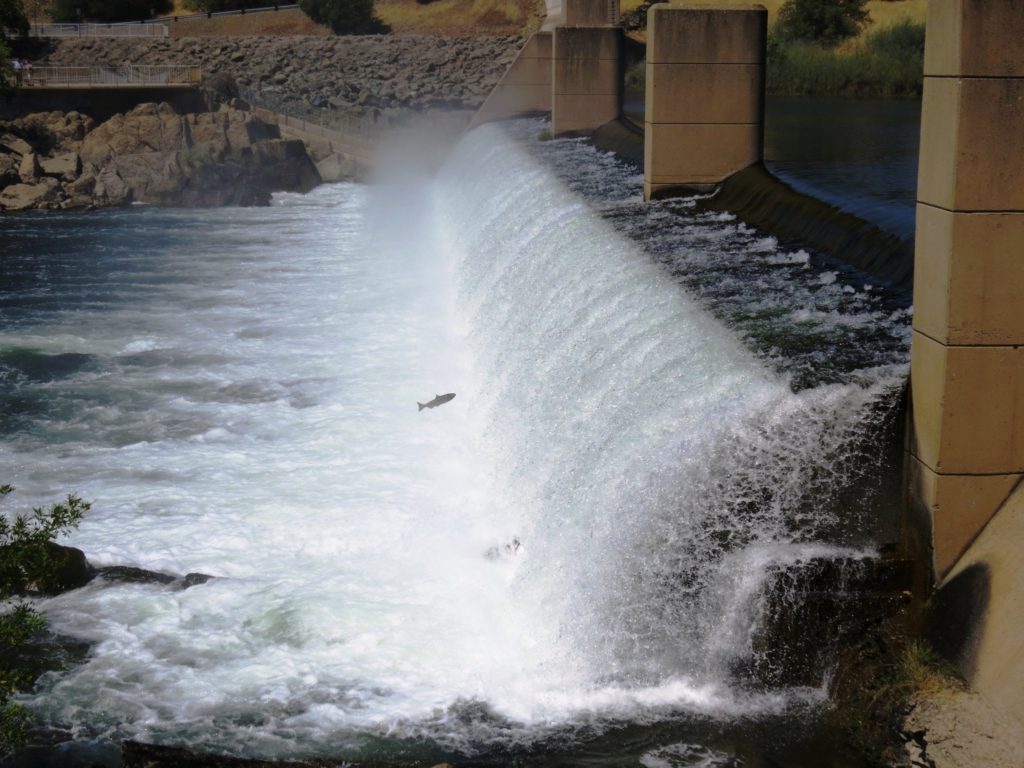
The United States has a total of 91,000 dams of various sizes and types. Many of them are aging and sorely in need of repairs. All that maintenance would add up to tens of billions of dollars. Experts are increasingly worried that as extreme precipitation events become increasingly common, dams are increasingly at risk of failure, threatening lives and posing environmental risks.
In 2017, Oroville Dam in California – the tallest dam in the country – nearly collapsed. That incident forced the evacuation of 190,000 people and cost the state of California $1.1 billion in repairs. California is considered one of the nation’s leading states in dam safety management and yet the partial disintegration of Oroville’s two spillways during a heavy rainstorm was not anticipated.
So far, federal and state dam safety officials have not been able to get disinterested state legislatures and the U.S. Congress to fork up the money needed for repairs to the nation’s aging dam infrastructure.
Th American Society of Civil Engineers gave the nation’s dams a D grade on the latest infrastructure report card. They estimate that the cost of rehabilitating dams whose failure would threaten human life at nearly $45 billion, and the cost of fixing all dams in need of repair at more than $64 billion.
Scientists say the likelihood of dam failures – which not only threaten lives but also release toxic sediments trapped in reservoirs behind many dams – will increase as extreme precipitation events become more frequent in a warming world. Apart from about 1,500 dams owned by federal agencies, regulating dam safety is primarily the responsibility of the states. So far, states have not applied remotely sufficient resources to a growing problem.
**********
Web Links
In an Era of Extreme Weather, Concerns Grow Over Dam Safety
Photo, posted August 20, 2014, courtesy of Flickr.
Earth Wise is a production of WAMC Northeast Public Radio.
Leave a Reply